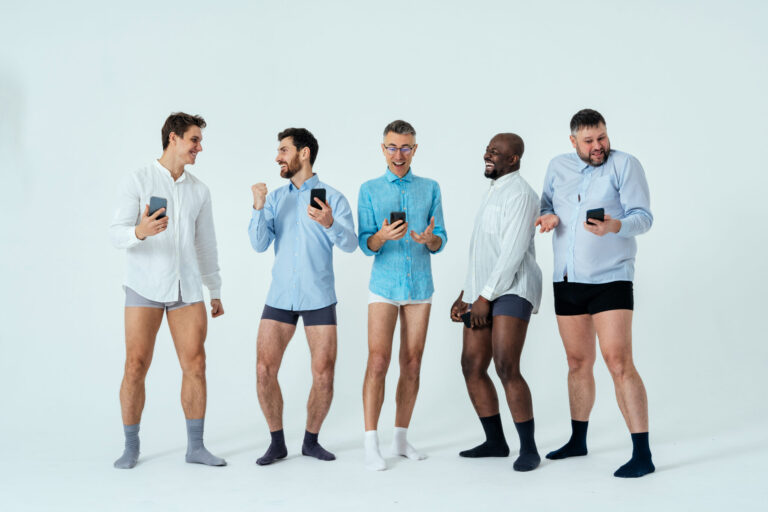For most businesses, branded content is a critical component of storytelling. However, storytelling itself isn’t a vague, static thing. It’s a way to connect to each person in your target audience, shape your narrative, incorporate product placement, and sponsor content posts all in one. That’s why the type of content you produce can influence your successes—and your failures.
Whether you invest in traditional advertising formats or depend heavily on social media, your branded content must enhance your content marketing instead of detracting from your overall content campaign. Here’s what you need to know.
What, exactly, is branded content?
If branded content seems like a vague concept, it’s because it is. In most cases, branded content features partnerships, sponsors, or business partners for an exchange of value, be that products, payments, or services. When influencers, promoters, and advertisers leverage branded content, they promote business partner visibility and enhance brand recall. Typically, creators or publishes are the ones with the dedicated audience attention. For the peak effectiveness of ads and increased brand awareness, it makes sense to implement product placement opportunities in sponsored content posts.
If you follow best practices when you include branded materials in your content strategy, this can greatly improve your brand visibility, no matter the exact type of content you produce, be it traditional advertising or a social media content campaign. For a small business, getting a brand shoutout from an influencer or promoter is a great way to secure new audience members. It promotes greater brand recall for a veteran business and helps maintain overall brand strength and relevance.
Avoid messy product placements.
Though these content campaigns aren’t exactly a new way for advertisers to connect with audience members, we interact with branded marketing in different ways. Instead of a content strategy driven solely by your advertisers or ads manager, a branded content project gives your creative teams more narrative control over how they feature products and at what times. This leads to more organic product placements that make sense for companies trying to introduce products subtly. Plus, since most content projects are socially oriented, you want to ensure that your content stands out from your average advertisement.
Invest in storytelling.

If you’re going to leverage branded marketing to its fullest potential, you need to be able to craft product narratives and tell impactful stories about that product’s value. When you’re developing a brand story, think of it more like an episode of a TV show than an advertisement. You want people to talk about your content, share it, and interact with it. That doesn’t happen with generic ads. You also want to be able to weave product mentions into the content organically.
Say you’re on Vimeo, or you’re listening to your favorite podcast. How often do the showrunners take ad breaks? How long are they? Do they break up the flow of the Podcast or the Vimeo video? If so, you may need to reevaluate and make sure you’re focused on storytelling instead of selling. Often, instead of ad breaks, have your ads manager weave product mentions into the content in more organic ways. If you’re talking about social issues on a podcast, for instance, tell a story about how a featured product donates to an important social cause or charity.
Branded storytelling is the new standard.
While you might buy something off an ad you see in the New York Times; it isn’t the standard for most consumers. People these days want to feel connected, both to the products they buy and the people that sell them. If you’re ready to invest in a branded content project, it’s never been a better time. With storytelling at the forefront of marketing, telling branded stories makes more sense now than ever.








